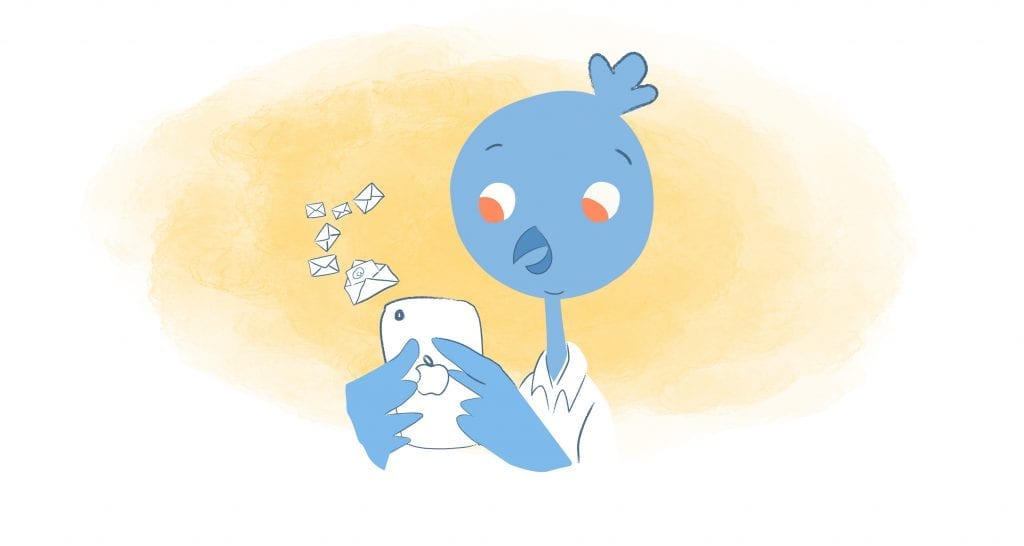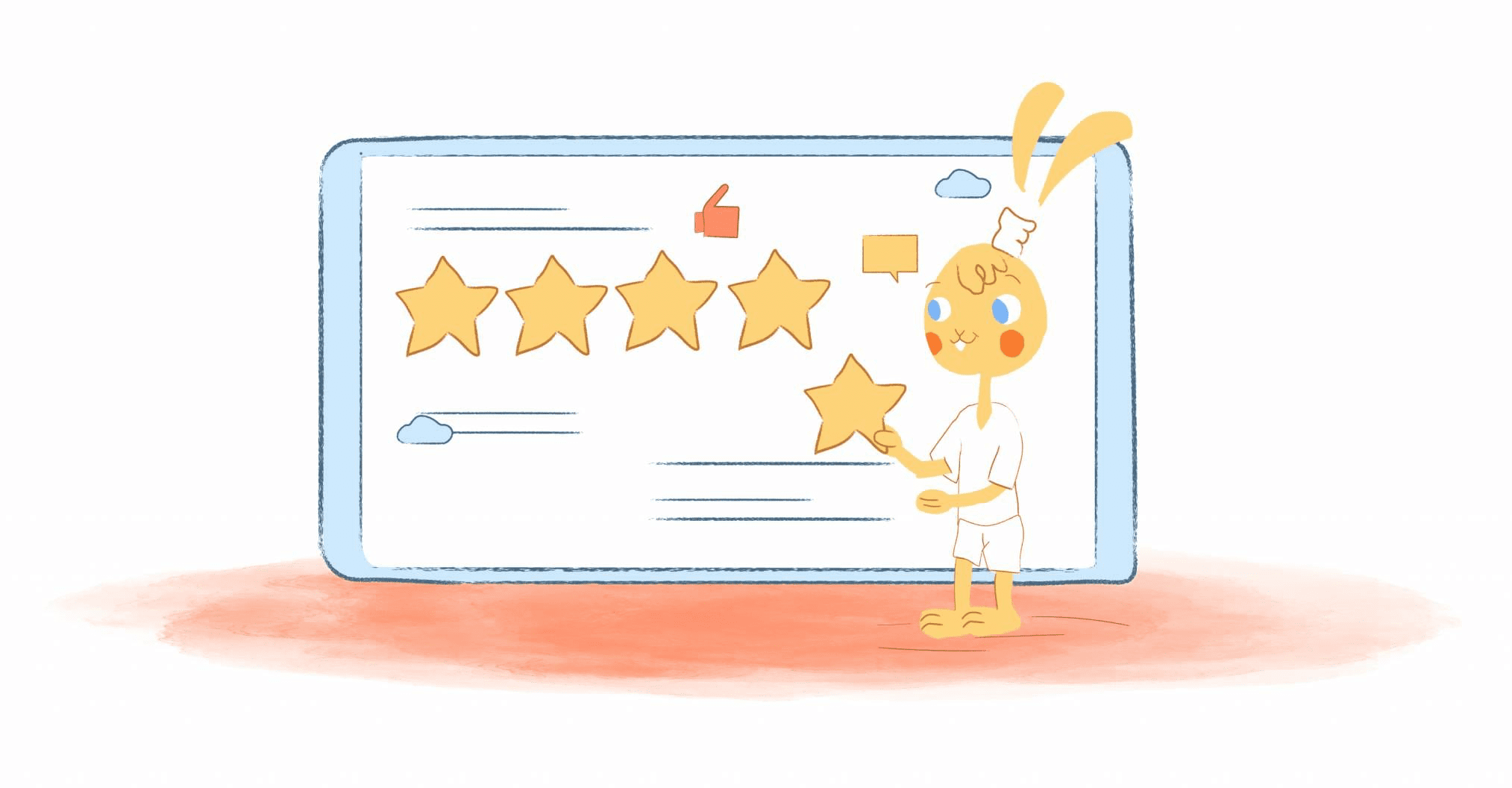

You’ve worked hard at prospecting strong potential customers. You have created touch-points through email marketing and targeted calls, and now you have successfully set up a presentation with an important client. You feel confident that your product quality and personal sales techniques will shine. But closing a deal requires more than a good product and a competent salesperson. Preparation for a sales meeting is key. So, we have put together 9 top tips to help you increase your confidence and close more deals.
1. Set the Tone
The first communication in the meeting should be positive. Start off with a positive statement unrelated to the upcoming presentation to set a positive tone for the meeting. It can be as simple as “That’s a great view” or “What a nice pen, I love those.” Once the positive feel is set for the meeting it is easier to keep the flow going in that direction.
2. First and Last 10
Research has proven that the first 10 minutes and the last 10 minutes of a meeting are the most crucial. The first 10 minutes are when prospects usually have an excellent attention span, so keeping that in mind can help you focus your critical information during this time.
Be mindful of the overall length of the meeting, too, since attention span wanes in the middle when presentations can become information-heavy before circling back to closing the deal in the last 10.
3. Ask the Right Questions
You might tend to start off a meeting by jumping right into your pitch. Of course, you have done your homework and contact with this prospect resulted in a meeting, so you feel prepared. But getting to understand your prospect doesn’t stop when the presentation begins.
So, start off with some questions to uncover or confirm pain points and understand challenges your prospect may face. If you have already had a thorough discussion, confirming what you know and asking if there is anything you are missing shows you care about the prospect and value their time enough to pay attention to the details.
You might ask:
- What has changed since we last spoke?
- How is the planning going? Are things going smoothly?
- What is your main goal for our meeting today?
- What are some obstacles you are facing right now?
4. Tailor Meeting Approach
Once you ask the right questions, you know what aspects of your presentation to lean into and which to skip or alter. Has a new concern popped up? If anything is different from when you last spoke, make sure your prospect knows that you hear them and will address it during the meeting.
Include information uncovered during previous contact with the prospective customer in your presentation as well as tailoring your discussion to their challenges and concerns and working to create a strong personal connection.
5. Meeting Objectives
Make sure that your prospect knows what you hope to accomplish at the presentation, and you know what their expectations are for the meeting. An excellent technique is to clarify the objective via email or in the meeting invitation. Using a slide in the presentation deck as an overview of the meeting agenda is another excellent way to clarify what you want to happen as well as how you plan to structure the meeting. A quick discussion of these points will let you know if there is a chance of closing the deal during this meeting or if the prospect expects to make a decision later.
6. Make Meeting Materials Available
If possible, present meeting materials to your prospect prior to the meeting so:
- you can spend less time introducing material during the presentation
- you can provide comprehensive information the prospect can take time to read
- you can send videos or other materials that would be too long to use in a presentation
- your prospects come prepared with questions or ready to make decisions
- your prospects can easily share the information with higher-ups or decision-makers
Materials you may want to include are brochures, product and service descriptions, price sheets, data sheets, white papers, case studies, press releases and press coverage, a thumb drive or CD with a video presentation, and a business card.
Many companies organize materials in presentation folders to make them easy to send out in advance, help meeting participants follow a presentation, and make it easy for them to take materials with them afterwards. There are hundreds of presentation folder layouts, some with slits for brochures, business cards, or CDs, specially cut pockets, or Velcro closures. And you can customize them to exactly fit your materials.
7. Begin at the End
If you have sent materials ahead of time, discussed objectives, and are aware of any changes or new concerns that your prospective customer is experiencing, begin with the purpose of the presentation. For some prospects, a decision has already been reached but for others, building up your differentiators during the presentation will help to clarify the benefits of your product or service.
8. An Honest Discussion: Competitors
Don’t ignore the elephant in the room. Instead, include well-known strengths of competitors in the presentation and focus on how your product is better suited to solve your prospect’s problems. Acknowledging competitors adds to your credibility, showing how prepared you are, how well you understand your prospect’s needs, and how knowledgeable you are about your industry.
9. Utilize Feedback Loops
One of the easiest ways to add value to your presentation and close more deals is to use a feedback loop in the discussion. During the meeting, avoid a one-way presentation that focuses on pushing out information while the prospect sits and listens. Instead, keep the conversation going and build rapport by creating opportunities to ask for feedback.
Not only will the prospect begin to expect to participate in the discussion, but you will also find out how they are feeling about your pitch, if they are understanding the information provided, and how likely you are to close the deal. Positive and negative responses are both helpful in feedback loops since they both give the presenter a direction to go next. Some questions that can help engage a prospect are:
- Does what I am saying make sense?
- Am I missing any of your key challenges?
- Is this true for you as well?
- How am I doing?
- Have I addressed your main concerns?
Conclusion
Closing a deal requires great preparation and communication. You can increase your chances of success by following our tips. Most importantly, remember to relax and have fun! After all, it is just a presentation. And finally, always remember to ask for the business!











Howie Jones
My name is Howie and I'm a Customer Success Manager at Calendar. I like to ensure our customers get the best experience using our product. If you have questions email me howie at calendar.com